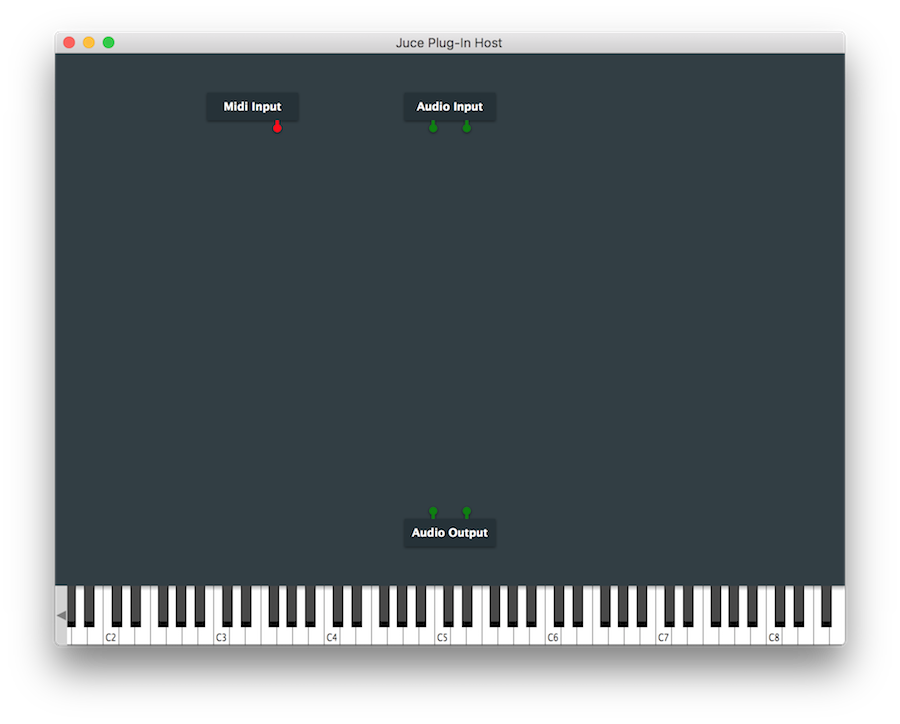The Juce framework is incredibly sophisticated and mature, and it handles a lot of the plugin implementation details for you. Speaking as someone who has also developed plugin cross-platform frameworks, this is not a trivial task and one which will save you countless hours of busywork and let you focus on the fun parts of plugin development. In the next few tutorials I will show you how to build a simple saturation plugin from scratch. This part of the tutorial will be about getting your development environment set up. To get started we will need to download and install a few things. Visual Studio (version 2005 or newer, I will be using 2015 for this tutorial) VST SDK; JUCE C.
The CTAG-Drum-Sampler is a project which implements an Audio-Drum-Sampler-VST-Plug-in for Windows built within the JUCE Framework.
It was built as a term project for the Creative Technologies AG (CTAG) of the University of Applied Sciences Kiel.
Goal of the Project
The goal of this project was to design a sampler where the user can choose between 5 different modes (Chromatic, Minor, Major, Harmonic Minor and Melodic Minor).
When one mode is chosen, a sample can only be pitched within a given key. This feature gives the user the ability to pitch sounds within a specific key without knowing anything about music theory.

Features
- Total of 9 Voices
- Each Voice has: ADSR-Volume-Envelope, Gain-Control, Pan-Control, Pitching, One-Pole-Filter, Wave-Shaper, Velocity Modulation for Amplitude and Filter Cutoff
- Choose between 5 different Drum-Kits with (Kick, Snare, Clap, Cl-Hat, Op-Hat, Tom, Perc, Ride, Crash)
- Drum Instruments arranged after General-Midi-Standard
- Choose between 5 different Modes and all Root Notes to choose your Scale
- Hi-Hat Choke Group to emulate real world drum behavior
How to use
For using the plug-in, you can choose between a standalone and a VST2 version of the Sampler (Both for Windows).
For both you have to place the given Samples folder into the users desktop directory, so that all samples can get loaded properly.
Download
Author
Niklas Wantrupp 2018
Building the plug-in is done in exactly the same way we built the JUCE demo plug-in.Free Trap Vst Plugins
Go to the 'Config' tab in The Introjucer. It should have been clever and created an exporter relevant to whatever OS you are using. If not, remember you can add a new project exporter by right clicking on the name of the project at the top of the list.Also remember that we need to tell it where to find the VST SDK files.
Juce Vst Plugin Tutorial Android Studio
Once you have done that, you can leave The Inrojucer and build the plug-in using whatever tools you have installed, as discussed earlier.Hopefully you should end up with a new plug-in which you can test out in the host of your choice. Congratulations you have programmed your very own audio plug-in.
You should now have a good groundwork in order to start making your own, super funky, plug-ins. Maybe one day I will do a tutorial on making plug-in editors with JUCE.
Have a nice day now!